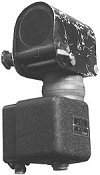Early SpitI and HurriI

GM2 MkI --- Mounted in a Hurri angled to match reflector plate opticly with the wind screen to account for double image distortion. Similare problems were encountered with the spit. Version that should be in our Spit Mk1 and Hurric Mk1. Used in early Beaufighters.

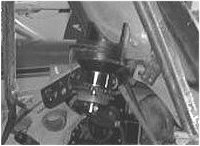
The first change in the design was made in 1941 when the circular reflector glass was replaced by one 114 mm (4.5 in) square, the circular design having been found to have slight optical aberrations. This modification was designated Mk IIs, later Mk II*, fixed gun reflector sight. Existing sights were retrofitted with new sights heads, and the circular sight heads are now highly prized by collectors. The dimming screen was discontinued, as it was said to be rarely used.
When rockets came into widespread use, a special version of the GM2 was designed in co-operation with Farnborough, to allow for the increased gravity drop of these projectiles. The reflector screen was made to tilt forward by the pilot from 0 to 5 degrees depression, according to airspeed and the known drop of the missile being used. This modification, which involved the replacement of the sight head, became known as the type 1 Mk II conversion, and the sight then became the Mk IIL.
GM2 - MkIIS or MkII* --- What HTC currently uses in all spit, hurri and typhoon. Notice pronounced rounding of reflector plate corners.
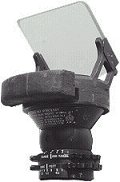
GM2 - Mk2L --- Used in Hurri IIC\D and Typhoon. Dial changes the angle of the reflector glass by 5 degrees for bombs and rockets.

GM2 - MkIII - Used in Typhoon and Tempest to project reticle driectly onto the windscreen. Shroud cover is to keep the pilots eyes from being impacted by the projector lense.
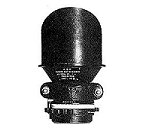
GJ3 - MkIIIN - Used without the reflector plate in our Mossi6 projecting onto the windscreen.
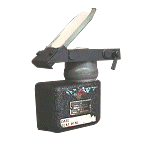 American versions of the GM2 and GJ3
American versions of the GM2 and GJ3Mk8 Mod6 - Used by the NAVY, projects onto the windscreen or mounted glass plate.
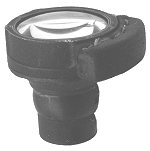
Mk8 Mod8 - Used in fighters and carrier bombers.

N9\Mk9 - Used in gunner postions.
